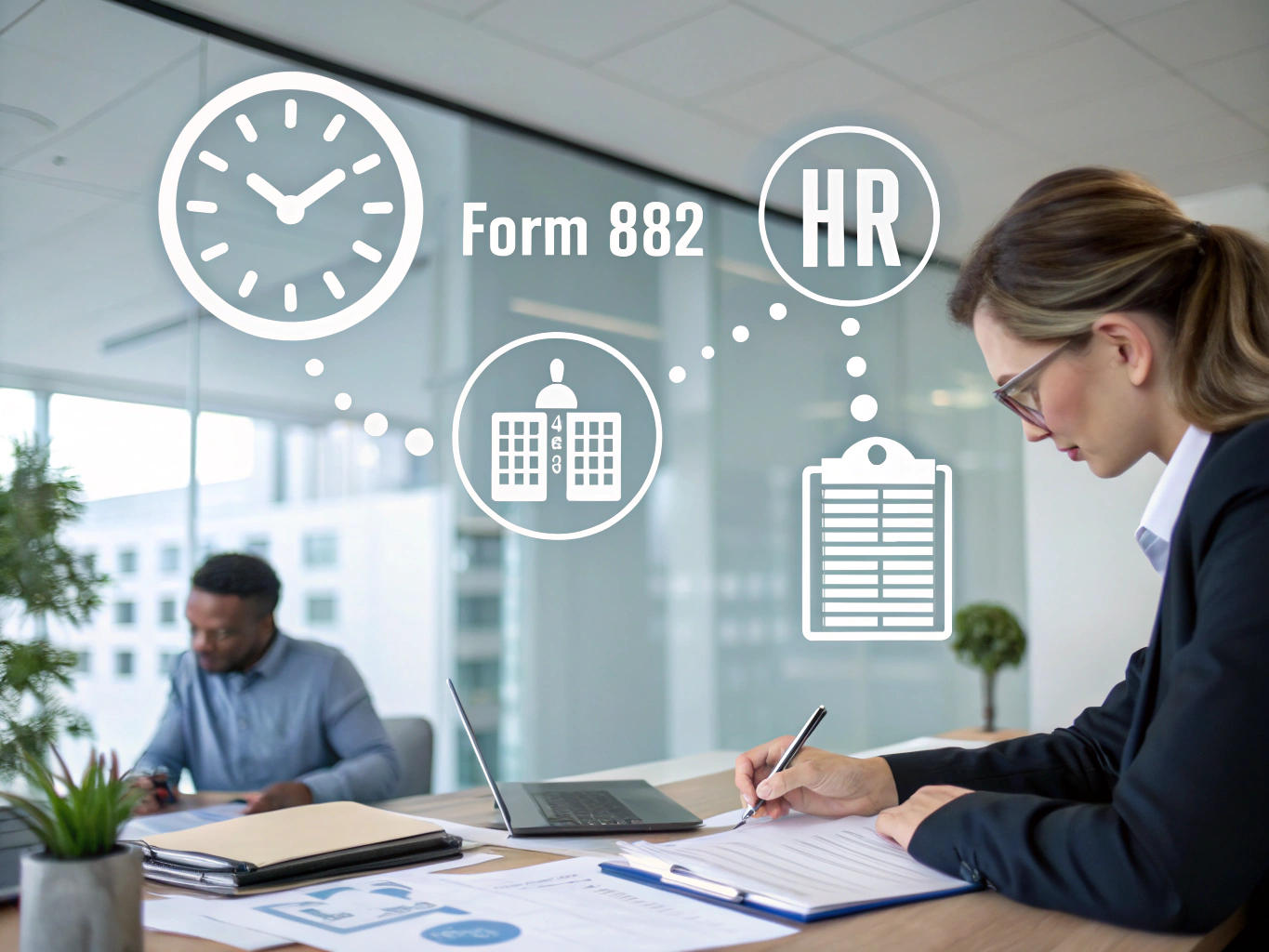Definition
Workforce readiness is all about how prepared individuals are to step into the workplace and excel in their roles. It encompasses the essential skills, knowledge, and behaviors that employees need to effectively contribute to their teams and drive organizational success. Think of it as a combination of technical know-how and soft skills that makes someone not just a job candidate, but a valuable asset to any employer.
Key Components
Understanding workforce readiness means recognizing several core components that play a crucial role in preparing individuals for success in their jobs. Here are some key aspects to consider:
- Technical Skills: These are the specific abilities and expertise required for a particular job. For instance, if you’re hiring a software developer, proficiency in programming languages like Python or Java is essential. The right technical skills ensure that employees can hit the ground running.
- Soft Skills: Often referred to as people skills, these include communication, teamwork, and problem-solving abilities. For example, an employee who can effectively communicate ideas in a meeting and collaborate well with colleagues is more likely to contribute positively to the workplace culture.
- Continuous Learning: The job landscape is ever-evolving, and workforce readiness includes a commitment to ongoing professional development. Encourage employees to attend workshops or pursue certifications to keep their skills sharp. This not only benefits the individual but also enhances the team’s capabilities.
- Work Ethics: Strong work ethics—such as punctuality, integrity, and accountability—are vital for creating a productive environment. An employee who consistently meets deadlines and takes responsibility for their work fosters a culture of reliability and excellence.
- Emotional Intelligence: This involves the ability to understand and manage one’s emotions and those of others. Employees with high emotional intelligence can navigate workplace dynamics more effectively, leading to improved collaboration and conflict resolution.
Importance in the Workplace
So, why should workforce readiness top your priority list in the workplace? The implications are significant. When employees are workforce-ready, they tend to adapt quickly, minimizing the time and resources spent on training and onboarding. For example, consider a new sales representative who comes equipped with not only product knowledge but also strong negotiation skills. This employee can start closing deals sooner, contributing to revenue right away.
Moreover, organizations that prioritize workforce readiness often see higher employee engagement and retention rates. When people feel confident and competent in their roles, they’re more likely to stay with the company long-term. Imagine a tech company that invests in continuous learning for its engineers; they’ll likely find that their talent stays longer, reducing turnover costs and maintaining project momentum.
Best Practices
To enhance workforce readiness within your organization, consider implementing the following best practices:
- Assess Skills Regularly: Conduct regular assessments to gauge the skills of your workforce. This could involve skills audits or performance reviews that help identify gaps in knowledge and areas for improvement.
- Offer Targeted Training Programs: Develop training programs that focus on both technical and soft skills. For instance, if communication is a weak area for your team, consider workshops that focus on effective communication techniques.
- Encourage a Culture of Continuous Learning: Create an environment where learning is valued. This could be through mentorship programs or providing access to online courses that employees can take at their own pace.
- Foster Open Communication: Encourage employees to share their challenges and successes. When individuals feel comfortable discussing their needs, it creates a supportive atmosphere that promotes growth.
- Recognize and Reward Efforts: Acknowledge employees who actively pursue skill development. This could be through recognition programs or even small incentives, which can motivate others to follow suit.
Legal Considerations
While focusing on workforce readiness, it’s important to remain aware of relevant legal considerations. For instance, ensure that your training programs comply with equal opportunity laws, providing all employees with equitable access to development resources. Additionally, be cautious about age discrimination; when assessing skills or readiness, it’s crucial to avoid biases that could unintentionally disadvantage certain groups.
Conclusion
In summary, workforce readiness is a pivotal concept that influences both individual and organizational success. By understanding and implementing strategies to enhance readiness, you not only empower your employees but also position your organization for growth and competitiveness in the marketplace. Remember, a ready workforce is not just an asset; it’s the foundation of a thriving business.



